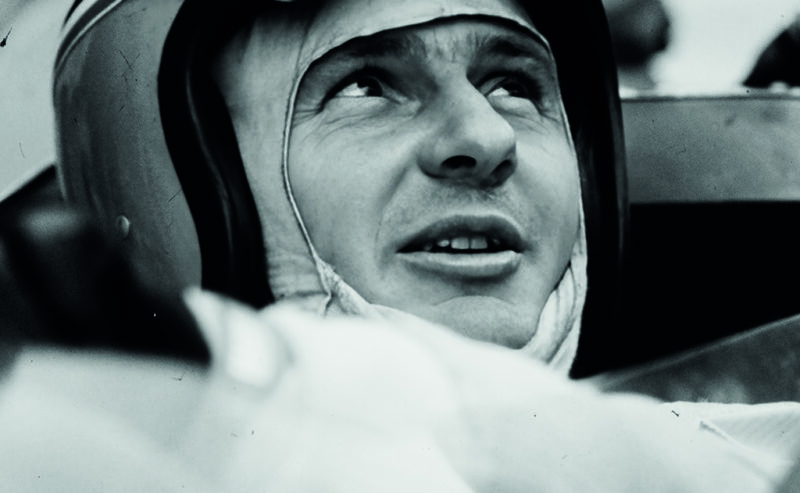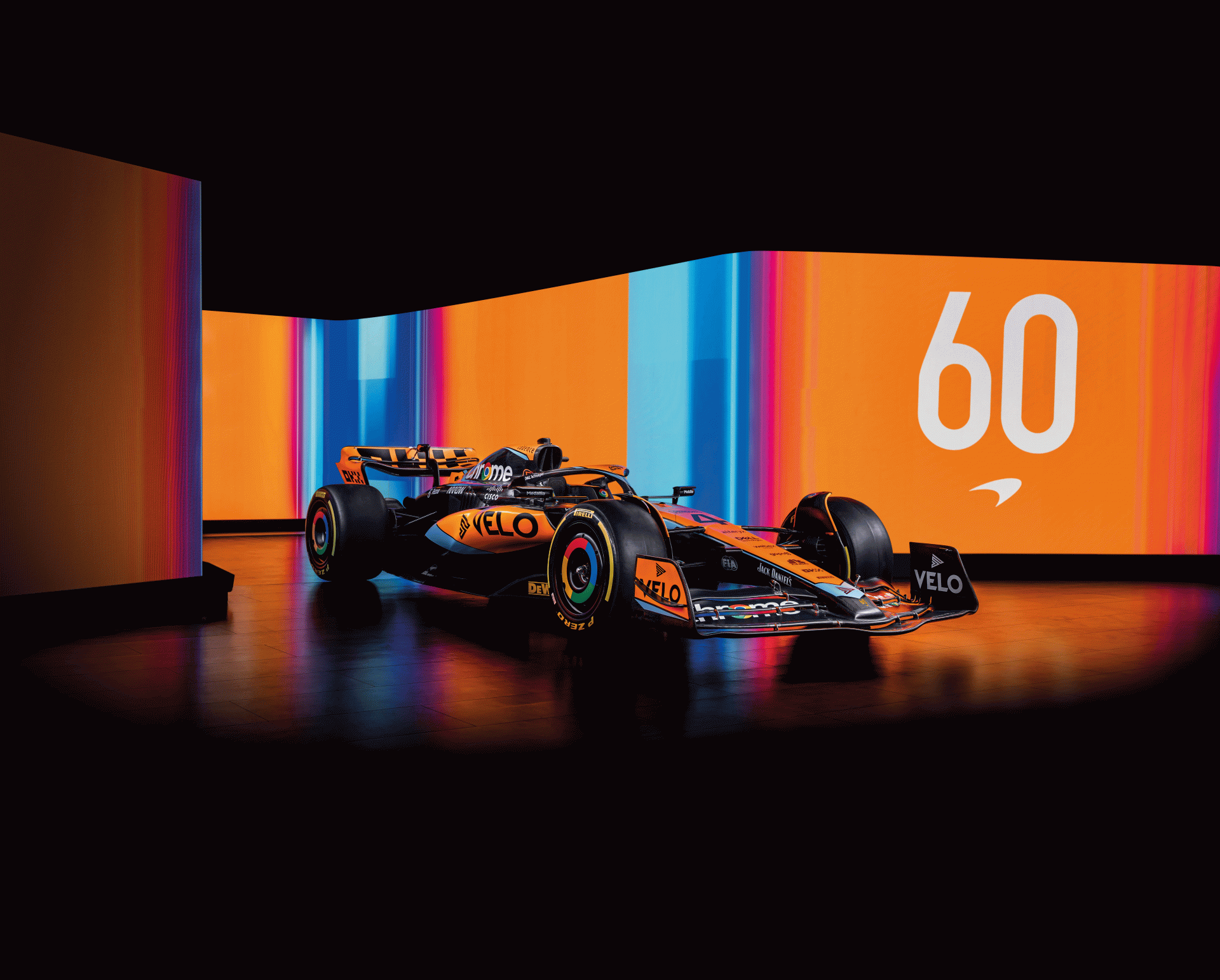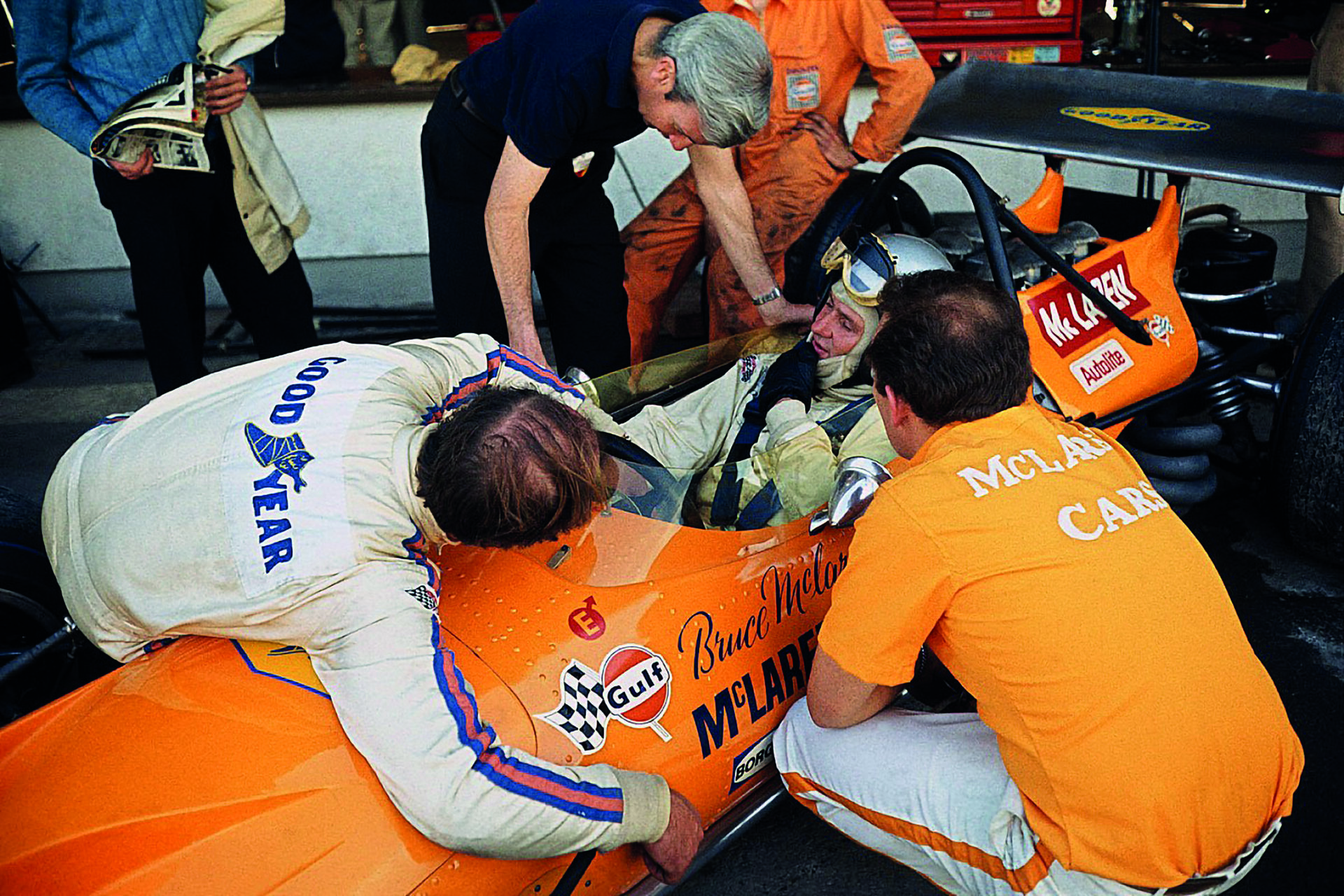Yet McLaren’s relentless pursuit of perfection has humble roots. As is so often the case in motorsport, the team’s success is ascribed to the vision of one person, in this case the man whose name appeared above the office – or workshop – door. Bruce McLaren was born in Auckland, New Zealand in 1937, and aged nine was diagnosed with a growth disorder in his hip that that would leave his left leg shorter than his right. This resulted in a permanent limp but, rather than deterring him, it may have actually spurred him on. From local hill climbs, he was soon competing in the New Zealand F2 series, and his performances earned him a bursary to race in Europe.
Having joined the Cooper F1 team in 1959, he astounded the racing world when he won the US GP later that year, becoming the youngest driver to win in F1 (Fernando Alonso’s victory in Hungary 44 years later finally usurped him). Having established Bruce McLaren Motor Racing Ltd. in 1963, he entered F1 as a driver/constructor in 1966, the new team scoring its debut win in the Belgian GP in ’68, with Bruce McLaren driving alongside fellow Kiwi, Denny Hulme. As was the way in that compelling but dangerous era, McLaren was also a fearless competitor in other race series. He won the Le Mans 24 Hours in a Ford GT40 in 1966 (a race that was documented in the 2019 film Le Mans ’66) but was particularly successful in the wild North American Can-Am championship. Indeed, McLaren’s cars – beautiful beasts all, but particularly the M8B – were unbeatable during the 1969 season, winning all 11 races. But it was while he was testing the latest Can-Am machine at the Goodwood circuit in Sussex, on June 2nd 1970, that Bruce McLaren was killed. Some rear bodywork had detached itself, compromising the aerodynamic balance sufficiently for the car to spin off the track. In one of motorsport’s cruel twists of fate, Bruce had been planning to retire from driving at the end of the year to focus on the business. He was only 32 when he was killed but had done enough in his short life to inspire everyone who met him.





